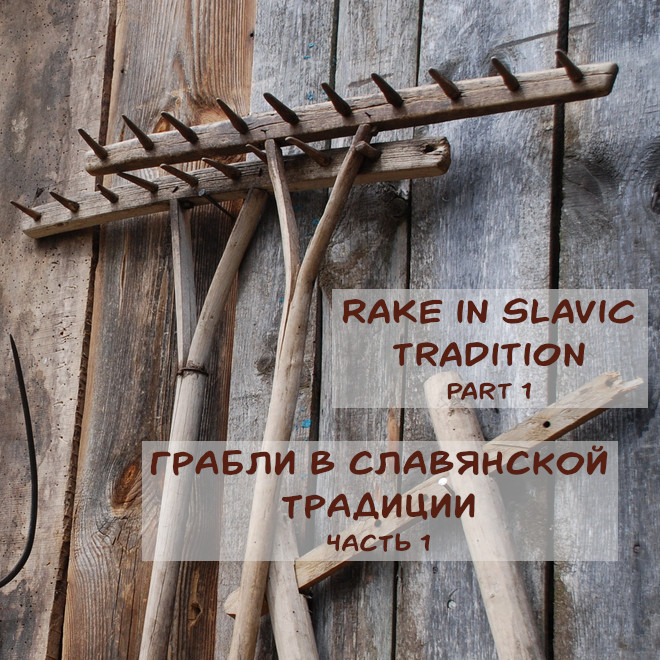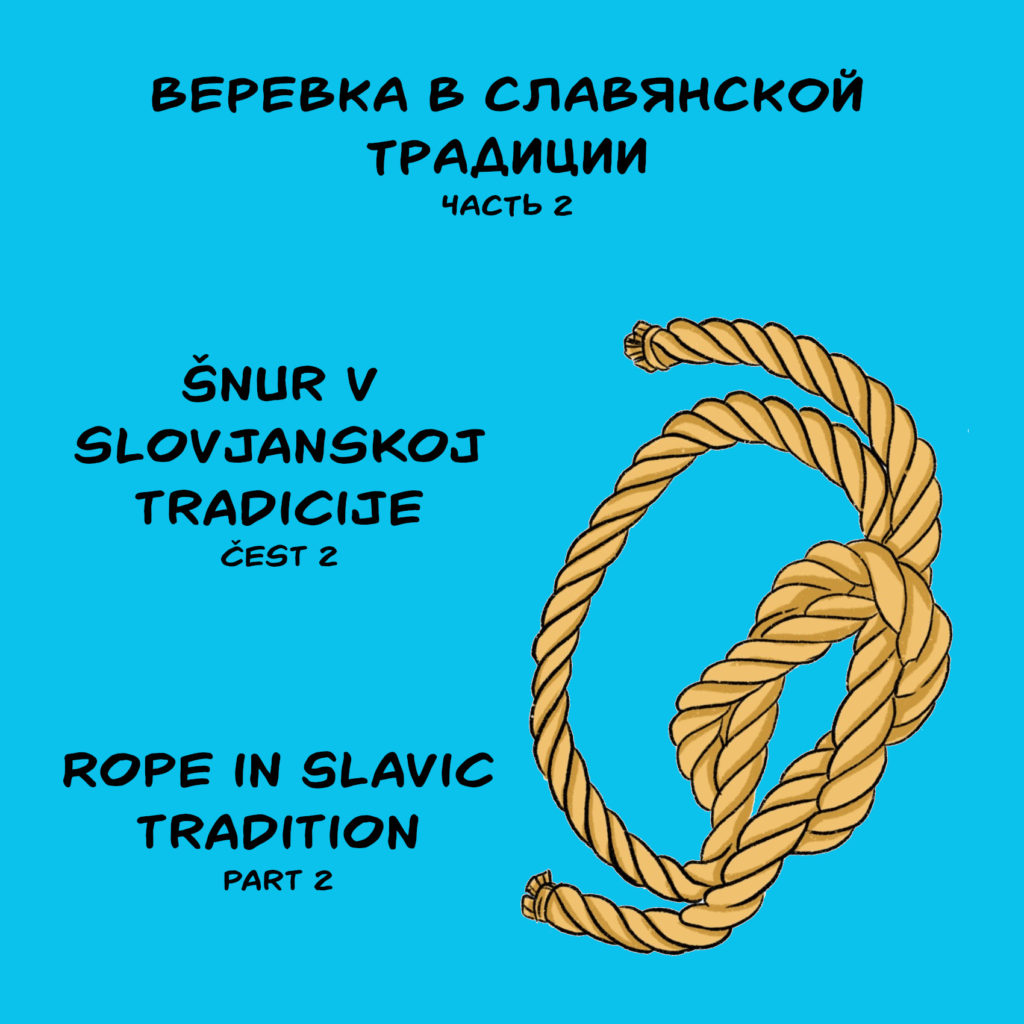It would seem that everyone knows the purpose of the rake, but the ancient Slavs used them not only to collect hay and leaves, but also in protective rituals.
ꏍ
Slovenes used them as defense against thunderstorms: they threw a rake under the roof with the teeth upward in order to “cut” the cloud. Serbs performed interesting rituals with a rake to defend livestock from snakes and witches – women rowed near cattle barns and said: “I rake in my own, not someone else’s”.
ꏍ
To protect cattle from evil curses, Slavs would put hot charcoal on the ground, cover it with an iron baking sheet and then “row” over it with a rake. In the process, they would say three times: “As this coal cracks, so let her (a witch), who is going to curse the cattle at night, to crack from torment; as I row on this baking sheet, so let the devils torture her in hell. ” Then the coal was taken out, mixed with ashes or flour, and scattered around the barn with the words: “After she has collected all the ashes, only then she will harm my cattle.” However, witches also had their own “counter-rituals” to resist such “measures” – for example, by drawing a magic circle around the cattle with a rake…
ꏍ
To be continued…
ꏍ
Rope in Slavic tradition – part 2
You may have seen a wedding ceremony tradition, where people are putting a rope across the road before the newlyweds who are coming back from the wedding. This is an ancient Russian custom for protection against curses. The same method (pulling a rope across the road) was practiced by the Eastern Slavs to protect cattle from witches.
ꏍ
But the witches used the rope to mend evil as well. For example, to curse the cattle they also pulled it across the road, along which a herd of cows should pass on St. George’s Day or on Kupala. Eastern and Western Slavs believed that in order to “steal” milk from cows, the witch collected night dew with a rope, and then milk was dripping from that rope. In the beliefs of the Ukrainians, the Luzhichians and the Southern Slavs, the witch, for the same purpose, “milked” a rope (or belt) thrown over the ceiling beam – and milk was believed to be dripping from it.
ꏍ
In Kostroma, a rope that was in contact with the deceased was of great magical significance. Such a rope was used as a belt by a witch who would set off on the Kupala night to “steal the harvest” from other people’s fields.
ꏍ
More interesting facts can be found in: “Slavic Antiquities” – encyclopedic dictionary in 5 volumes by Institute for Slavic Studies of the Russian Academy of Sciences.
ꏍ

